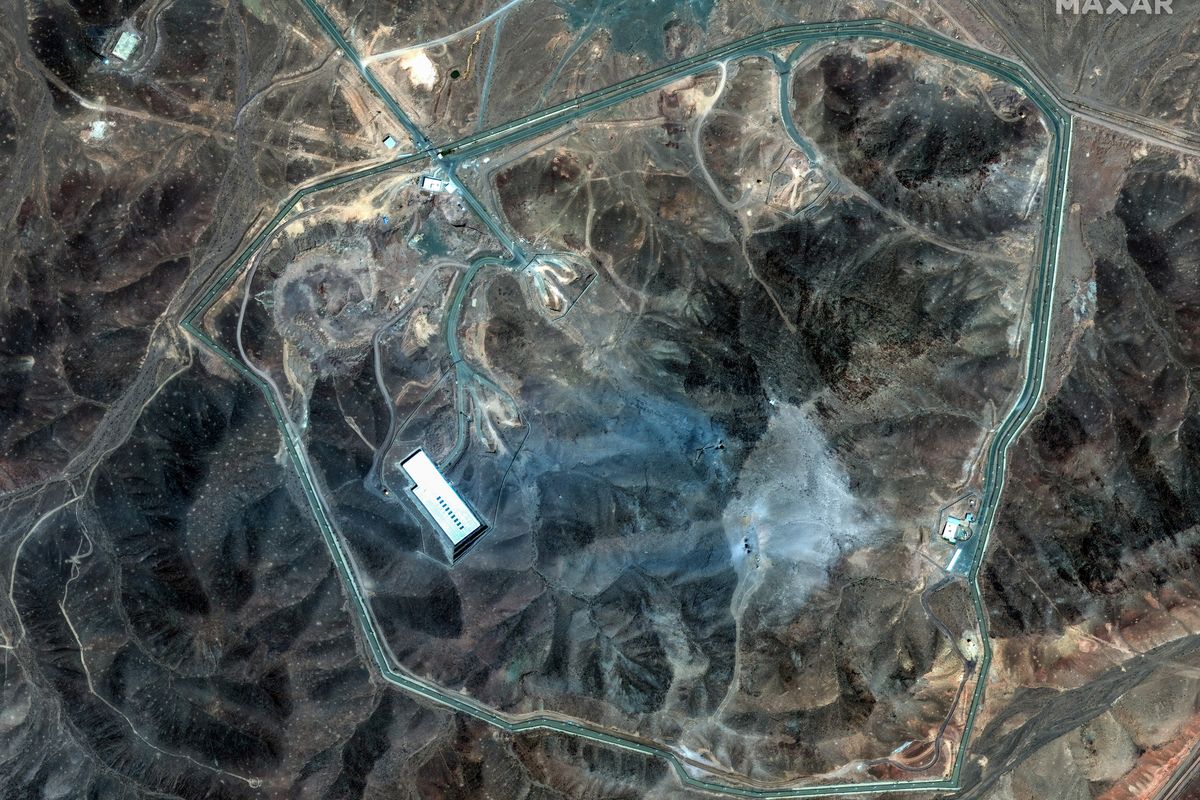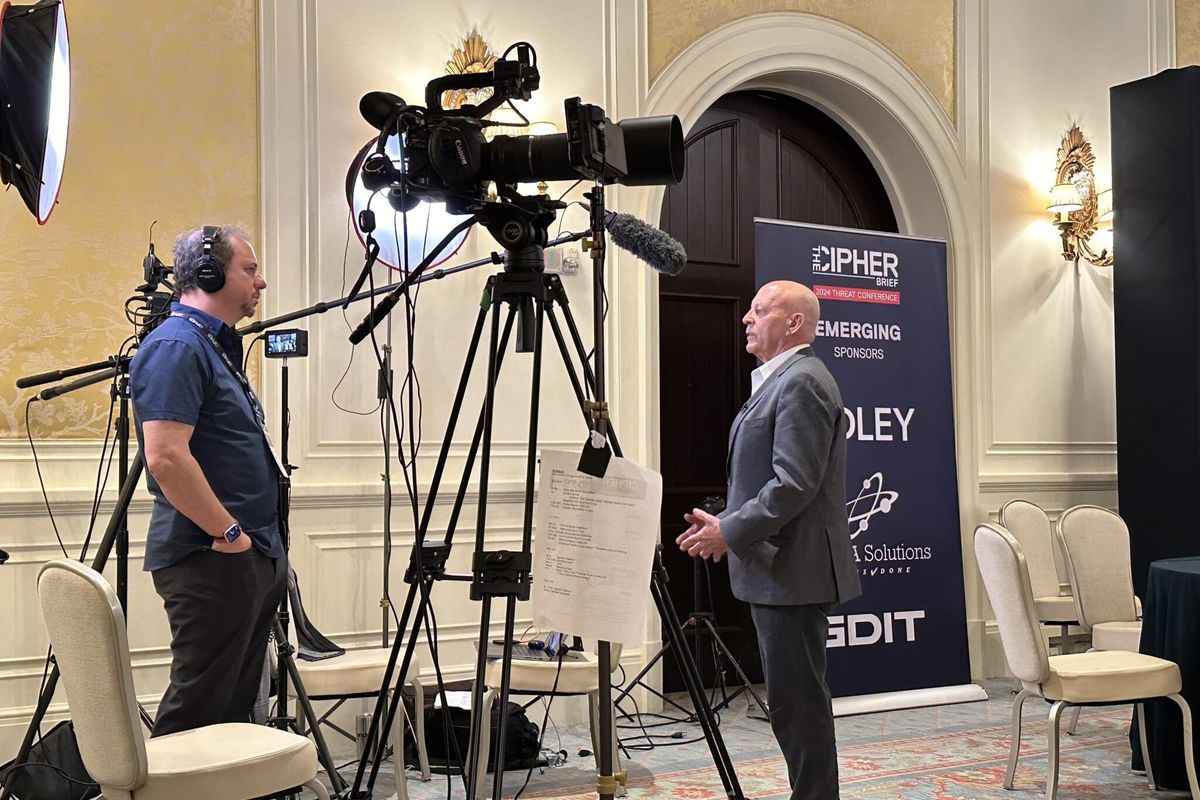ESSAY — Never underestimate the power of a well-written satire to challenge conventional wisdom. A year or so after the Iraq war had made a rapid passage from easy victory to debacle, I read Graham Greene’s 1958 novel Our Man in Havana.
Greene knew the intelligence business first-hand, having served in Britain’s Secret Intelligence Service (SIS) during the war, with a foreign posting to Sierra Leone before returning to London where he worked for Kim Philby, the notorious Soviet spy and member of the Cambridge Five.
Greene’s views on the intelligence business were complicated but must have included a certain cynicism. He did maintain a relationship with MI-6 long after he resigned in 1944, one that appears to have been more than just friendships with old colleagues.
Greene’s main character is James Wormold, a man who comes to us as a damaged divorcee resigned to please his teenage daughter Milly, a self-absorbed Catholic school student mature beyond her age and who misses no opportunity to take advantage of her father’s affections to abet her indulgences and misadventures. Wormold himself is a nonbeliever, although in practice, he seems the more morally virtuous of the two—just one of the many character contradictions that grace the text.
Wormold sells vacuum cleaners to upscale Havana clients, many of them expatriates, and has been in the trade for ten years for a company called Phastkleaners. He scrapes by, barely, and is afflicted with constant worry about money, not least because of his daughter’s extravagant spending habits. His prosaic, mundane existence contrasts sharply with the exotic, turbulent, and soon-to-be violent setting he occupies.
The regime is teetering on collapse, which was the actual situation for the Fulgencio Batista dictatorship in November 1957, when Greene began the novel while visiting Havana. The highlight of Wormold’s dreary routine is drinking a daiquiri, or two, at his favorite watering hole, the Wonder Bar, with his friend the German expatriate Dr. Hasselbacher, whose taste for sarcasm is barely outdone by that of whiskey. It is in returning from this daily ritual to his shop on Lamparilla Street that Wormold finds the well-groomed Englishman Henry Hawthorne nosing about, clearly uninterested in vacuums but coy about his true purpose. Hawthorne, we learn soon enough, is the SIS section chief for the Caribbean in Kingston, Jamaica, and he has been eying Wormold for some time to recruit into the “business” as SIS’s man in Havana.
At first blush, Greene could not have painted a more inept figure for espionage than Wormold. He seems daft to what is happening during his own recruitment, although this apparently never concerns Hawthorne. Wormold is English, a fairly uninteresting character unlikely to draw much attention, and in a business that gives him access to powerful people, so he is the perfect candidate.
Today’s constant barrage of information makes it easy for countries to wage disinformation campaigns and your emotions are the weapon of choice. Learn how disinformation works and how we can fight it in this short video. This is one link you can feel good about sharing.
The farce hits some of its highest notes during Hawthorne’s trips back to London to discuss his agents, to include Wormold (agent 59200/5), with the SIS Chief. In the first visit, the degree to which the Chief so easily becomes convinced of Wormold’s potential as an agent based on no evidence, or worse, irrelevant details and far-fetched assumptions about his character, is a Greene master stroke. And it is not one crafted purely from the imagination.
The story shifts into high gear when Wormold, squeezed on all sides for money and distraught that Milly is the object of the detestable police chief Captain Segura’s affections, realizes an opportunity to solve his financial problems and take Milly back to England.
Convinced that Hawthorne is so hungry for information about a regime he is sure is up to no good, Wormold decides to invent subagents, some based on people he knows (the engineer Cifuentes, a professor at the country club he must join at considerable expense to get close to) and others constructed of his imagination based on a certain type of Cuban, such as the nude dancer, Teresa and the alcoholic airline pilot, Raul.
Wormold’s greatest creative coup was convincing Hawthorne and the SIS Chief that the Cuban military was constructing some new, destructive weapon system in the hills of the Oriente Province (these are the Sierra Maestra mountains from where Fidel Castro and his 26 July movement rebels operated during the 1957 anti-Batista rebellion and where Greene himself attempted to visit in 1957, although he would only make it to the town of Santiago de Cuba and would not meet Castro until his 1966 visit). Wormold’s “engineer” provides schematic drawings of this mysterious weapon based on Phastkleaner’s latest vacuum cleaner, the Atomic Pile (the nuclear weapons reference is no accident, of course, and after the 1962 Cuban Missile Crisis added to the novel’s reputation for being prophetic).
In a hilarious exchange, the Chief informs Hawthorne that another SIS agent, Savage, said the drawings remind him of a “giant vacuum cleaner.” Instead of seeing the absurdity of this, the Chief concludes the worst—that the Cubans are constructing a vacuum cleaner-type of weapon “six times the height of a man. . . Hawthorne, I believe we may be on to something so big that the H-bomb will become a conventional weapon. ‘Is that desirable, sir?’ Of course, it’s desirable. Nobody worries about conventional weapons.” Earlier in the conversation, Hawthorne asks the Chief if the drawings have been shown to the atomic research people. “We haven’t shown them the drawings yet. You know what those fellows are like. They’ll criticize points of detail, say the whole thing is unreliable, that the tube is out of proportion or points the wrong way. You can’t expect an agent working from memory to get every detail right.”
If this sequence had been written in 2010, instead of 1958, most readers would conclude the writer drew from the more recent debacle of both the SIS and the CIA trusting an Iraqi expatriate run by German Intelligence and codenamed Curveball who convinced his handlers Saddam Hussein’s regime was using mobile laboratories to covertly continue a biological weapons program.
Intelligence is difficult and its professionals work hard at it. Having been one of them, it could be easy to take a pass on a novel that has fun with the profession. But, whether in that business or in some way depending on it, one would be wise not to—we can be reminded of our blind spots when laughing at ourselves at times. A satire is a lovely tonic—enjoyable and not uncomfortable to experience. Graham Greene gave us a brilliant one in the form of a spy novel.
Subscriber+Members have a higher level of access to Cipher Brief Expert Perspectives on Global Issues. Upgrading to Subscriber+ Status now.
The Cipher Brief participates in the Amazon Affiliate program and may make a small commission from purchases made via links.














